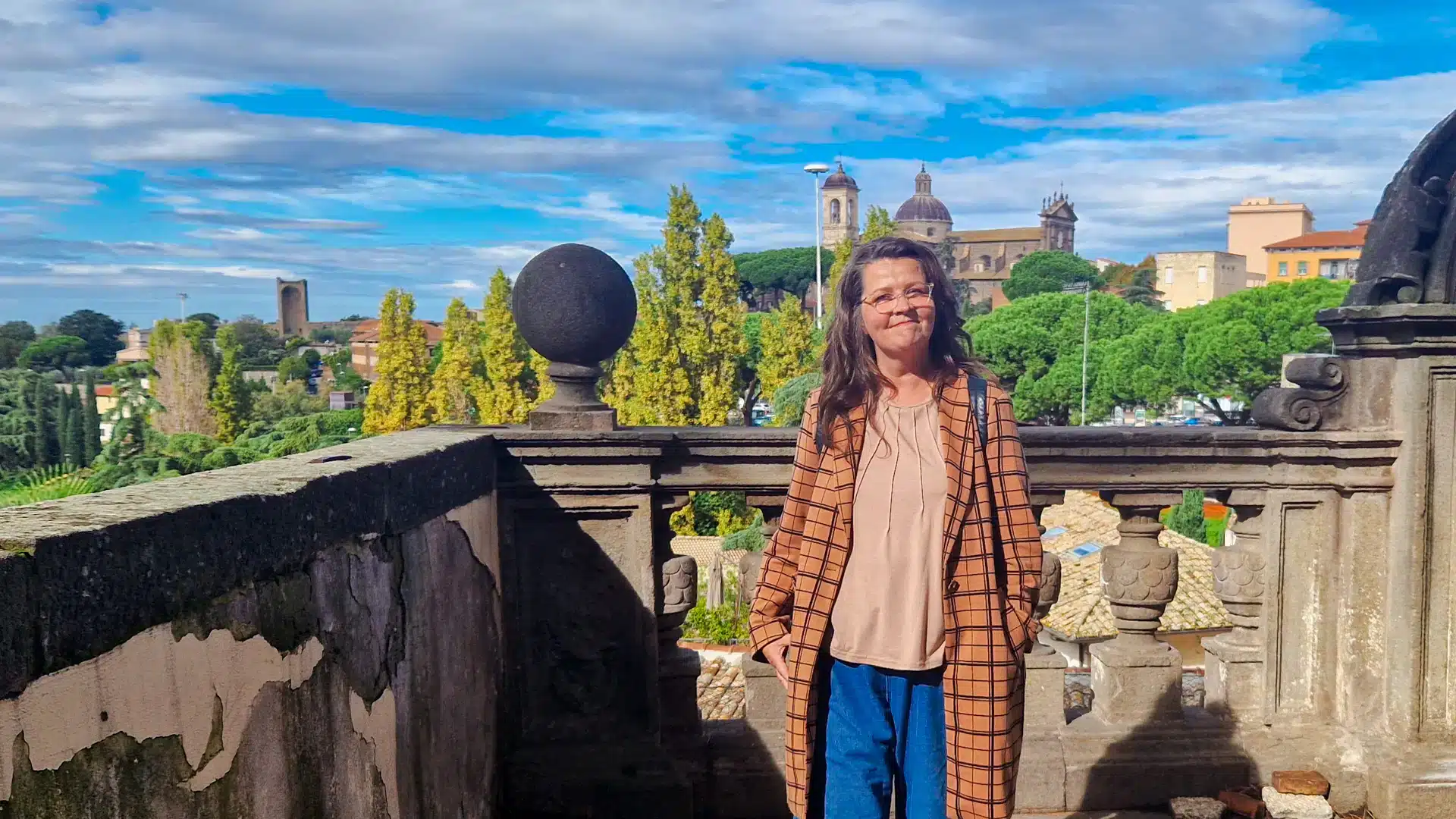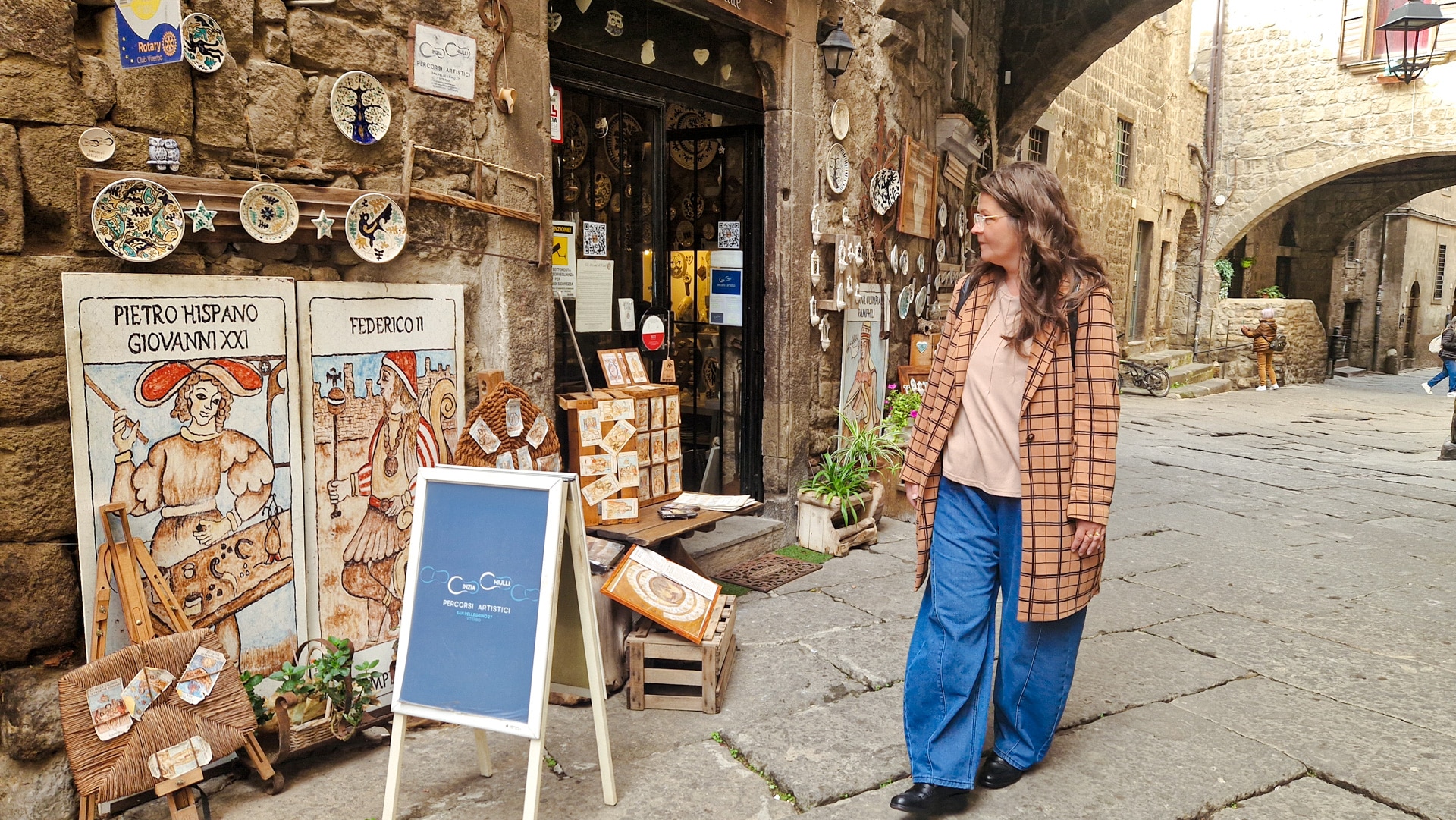Viterbo
Whether you’re exploring its medieval streets, soaking in its thermal waters, or enjoying its rich cultural heritage, Viterbo offers an unforgettable blend of relaxation and discovery. It’s an ideal destination for those seeking a slower pace and an authentic taste of Italy.


